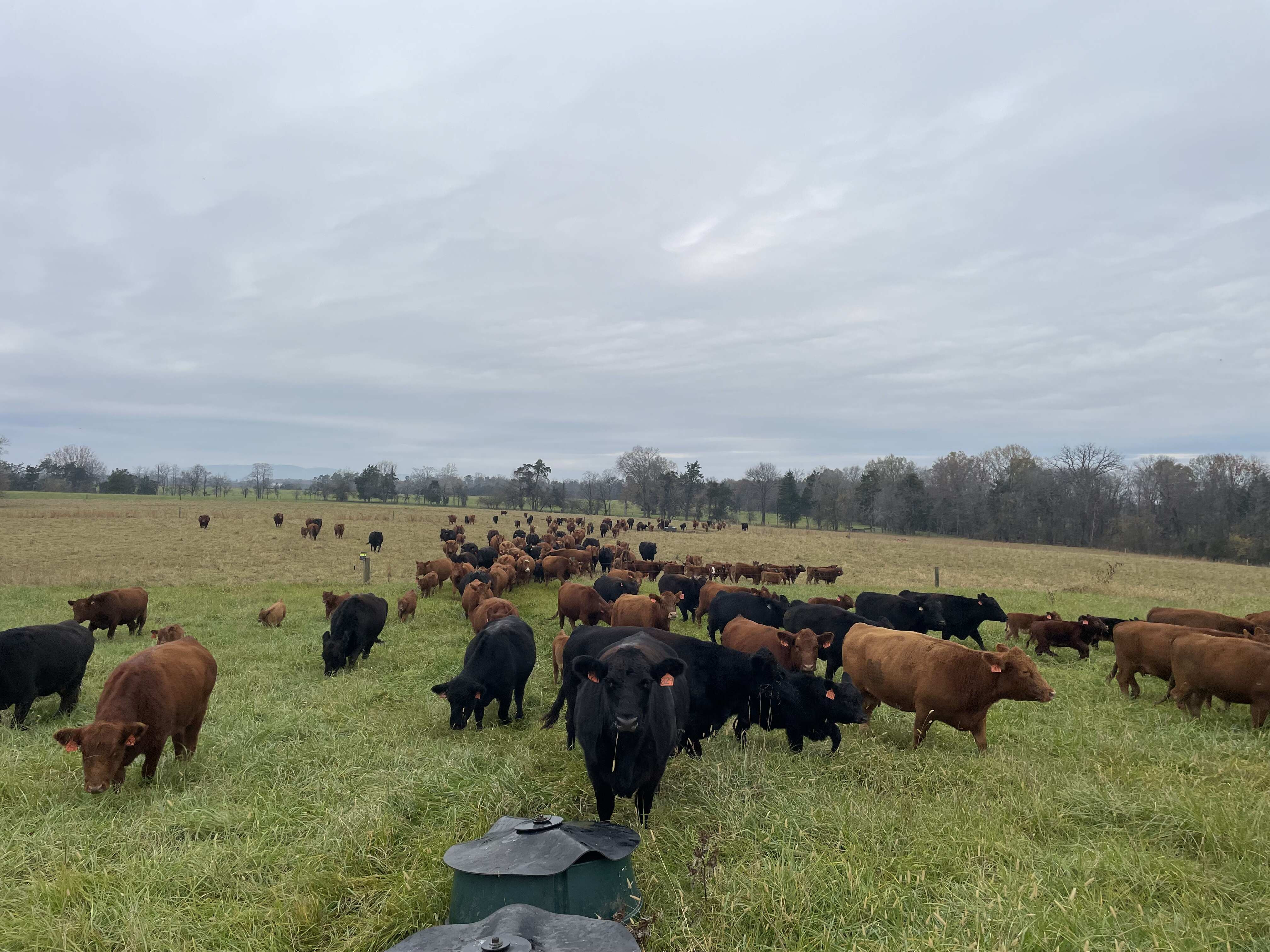Autoimmunity and Land Management
posted on
April 27, 2023
As you know, Garrett and I care a lot about food. Our lifestyle and - at times - our identity feel wrapped around growing food and searching for the answers to “what is healthy?” This journey has not been linear and there is no true destination. The topic of food and diet is a very personal one. It’s touchy, and these days, should perhaps be considered in the same discussion category as religion and politics.
I grew up eating fresh fruit, vegetables, cheese, and meat from the farm. I had your ideal farm childhood experience; barefoot and fresh air. It was not until moving away from the farm, struggling with years of autoimmune disease and desperately wanting to grow healthy babies, did missing pieces start falling into place and the realization that I was not healthy. It took radical acceptance and responsibility that healing my body of Rheumatoid Arthritis was not going to happen outside of me. The medications I had been taking for over a decade were masking important, intelligent signals from my body that I was not alright. What I needed was to provide my body with the fuel and rest to do what the body does best: self-heal.
This is what land does too! If you walk in the pasture, lawn, or garden and there are distressed, barren, eroded areas… observe the first plants that come up. What you will often see are broad-leaf, prolific flora like plantain, burdock, white clover, dandelion, chickweed. Though many may consider these plants weeds, we need to start looking at them like vital scabs. If we keep picking a scab, it will not heal. If we continue to put antibiotics on the scab, the scab might improve, but over time there are more and more signs of illness. What these broadleaves are trying to do is create the soil armor. It wants to protect the soil and bring life to these areas. Life comes in the form of microbes and fungi that come to the roots of these plants and break down carbon and livestock manure.
Being a steward of the land requires an ongoing dialogue surrounding fuel, disturbance, and rest.

What if we start thinking of ourselves as being stewards of our body, requiring this same ongoing dialogue.
In terms of land management, “Fuel” is achieved by planting biodiverse cover crops attracting trillions of microbes and fungi to a robust deep root system. “Disturbance” is activated by intensive rotation of animals allowing for only 50% grazing and hoof-soil contact. “Rest” is allowing the soil and land to heal through digestion, absorption, and preparation to refuel. Simple enough. Unfortunately, this takes years of unwavering dedication and commitment to see improvement.
It feels like nothing short of a miracle that I am sitting here without RA; something I was told I would have the rest of my life. In shifting my perception of illness and becoming a steward of my body, I found my reset button. My “cover crop” was eating only foods that would grow good bacteria in my gut. With time, I was able to “disturb” and try new foods in isolation and then wait for a signal and rest. This took 2 ½ years. I believe food is medicine. I believe feeding our unique microbiome is like feeding our landscapes, is the key to individual physical and mental health. Please know this is not medical advice, though it is deeply rooted in our motivation to farm this way. It is truly connecting us to this work and something greater than ourselves.
Garrett and I are coming down from a large processing weekend and our first Warrenton market! We are so excited to be seeing several of you again!



